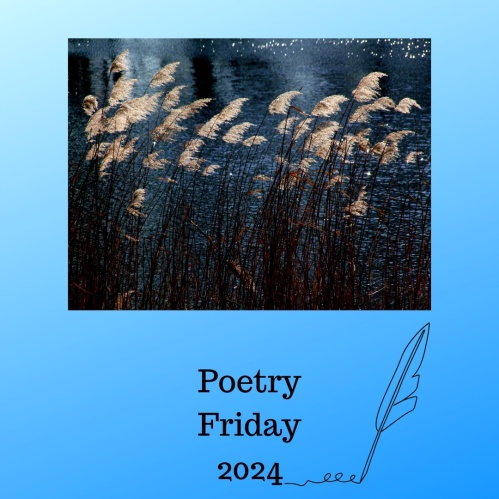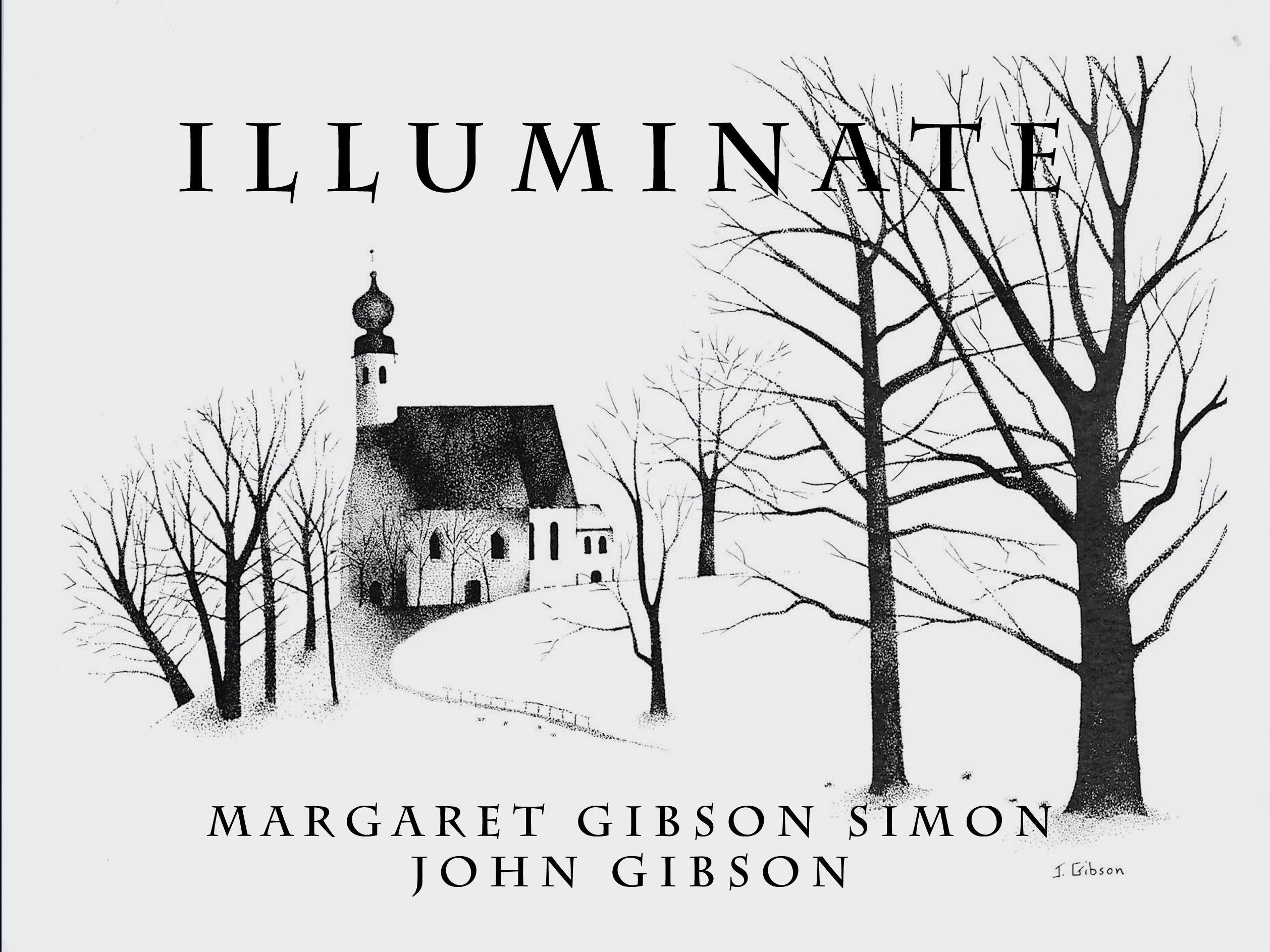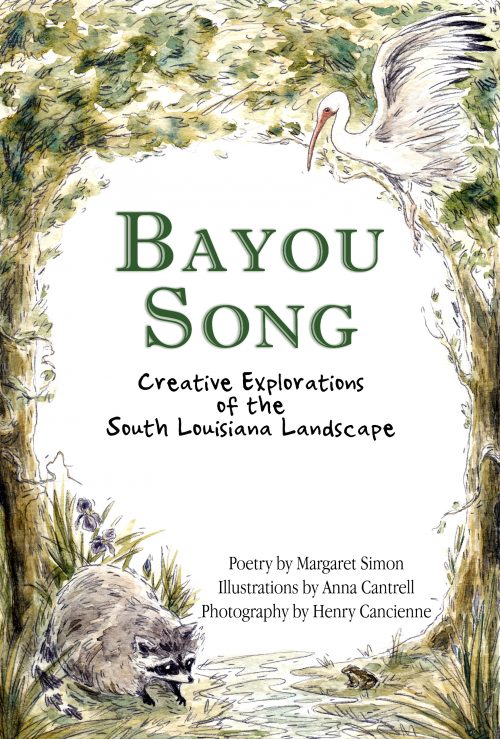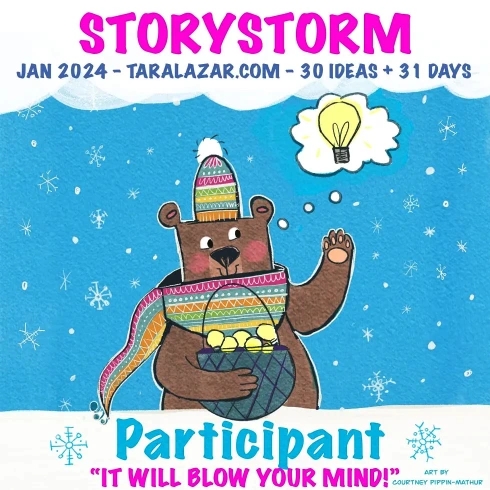
What words will call to you?
Irene Latham, introduction to This Poem is a Nest
Irene Latham is as charming and lovely in person as her poems are on the page. Her new release This Poem is a Nest opens with an invitation. In Part I, we read the poem “Nest.” This seedling is divided into 4 seasons of 3 stanzas each of free verse poetry. “Nest” has everything I love in a poem, lyrical language, alliteration and onomatopoeia, imagery of nature, and inquiry that touches my heart, “Won’t you climb inside?”
Nest is the seed poem for Irene’s creativity that grows into day poems, before & after poems, calendar poems, color poems, animal poems, feeling poems, and just when you think she could not possibly find any more poems in Nest, there is word play, alphabet, and ars poetica.
With all of these nestling poems, you would think the poems would lose magic, lose originality, or become repetitive, but the experience of them is quite the opposite. Each new poem needs to be held for a minute or two. Each one reveals a surprise, all the way to the last poem:

Last Poem
birdsong
Irene Latham, This Poem is a Nest
nothing more
The end papers of this wonderful book offer writing advice to budding poets. Irene gives tools to me and teachers like me who want to inspire students to write. The art of “found poetry” has been elevated to “nest-poem” or “nestling.”
I wanted to try it out, so I went to a poem by Barbara Crooker that I had cut out and glued into my journal. “How the Trees on Summer Nights Turn Into a Dark River.”

Step one: Circle words that appeal to you. I circled drizzling, air, careening.
Then I looked up careening to check my understanding of the word.
“move swiftly and in an uncontrolled way in a specified direction.”
Step two: Choose a subject. I thought a lot about this. Air, careening…a kite.
Unlike found poetry, nestlings do not have to follow the order in which you find the words, so I went back and grabbed “reach” from the first line, which led me to “wonder” and “for,” finishing my image of a flying kite.

Now as I look again at the nestling I created, I think it would be better like this:
How to be a Kite
Careen
with drizzling air
Reach
for wonder.
By going through this process, I realize how much work went into Irene’s book of poems. Writing nestlings is a fun challenge. I had to use critical thinking skills that are imperative to teaching students to write. I encourage you to try writing nestling poems. Thanks, Irene!









ooooooh! Another way to be “in conversation” with a poet. I must try this, pronto. I love that phrase, “drizzling air.” Irene is so lovely. I need to read this latest book. I think I need it for my students as well.
This Poem is a Nest is on my must-read list! Thanks for your thoughts and insights with this text. I appreciate you sharing your process to write ‘How to be a Kite’ – especially the version where you rearrange the words. It is important for writers and students to see that we can change our mind and play around with word order even after you think you are finished. 🙂
Thanks for your deep peek into Irene’s “This Poem Is A Nest,” it looks enchanting and I love all the layers waiting to unfold… Your play in your “How to Be a Kite” is an added delight, I like your recent change too, and the lovely image. Thanks for your rich post Margaret!
I’m so fascinated by this nestling concept. I have to make sure I get a copy of that book. Thanks for sharing this, Margaret, and joining the party! Ruth, thereisnosuchthingasagodforsakentown.blogspot.com
Thanks so much for the inspiration today, Margaret! I’ve preordered Irene’s book. I love the way you used the verbs “careen” and “reach” in your poem. Perfect words in perfect places.
[…] intend to write and post a poem today for Poetry Friday. But then I read Margaret Simon’s post, and I was hooked on trying a nestling poem. In it, she reviews Irene Latham’s forthcoming book […]
I also thank you for the preview of Irene’s new book that looks wonderful. nesting is a new concept for me and I liked the way you described it. The second poem is a great example of how to revise with strong verbs so the poem becomes a polished piece ready to take off.
This is a wonderful post and I agree this is a fascinating form that can open up your mind to new ideas. I need to order Irene’s book. Thank you for showing us your lovely poem and how you got there.
That’s a realization I’ve had so many times – the simplest poems, the ones that seem so easy, are so often the ones that take the most careful work! The more poetry I read, the more my respect and thanks for all the wonderful poets we have deepens. ❤
Thanks for this look at Irene’s new book, Margaret. Your kite poem is wonderful. I love the phrase, “Reach for wonder.” Each poem we write does that.
Margaret, wow! Thank you for sharing the process for writing your poem and giving us a glimpse into Irene’s book. Both are lovely!
Thank you for showing your writing process of two great poems! Careen is a strong verb and your imagery makes me see the kite and a child perfectly! You have inspired me to try a nesting poem. Thank you for sharing Irene’s poetry book that looks amazing and reminding me of the publication date. I have to buy it.
Well played! I love what you did on Canva, too.
You discovered what I did — finding nestlings is NOT easy!! And I agree, this will be fabulous to try with students!
Found poetry is one of my favorites, so a nesting poem is definitely one I need to try. Writing about your process certainly helps, too! Looking forward to trying this!
I am so excited to read this book – but not dipping into it until I can bask in the beauty that I know I will find. Love your Canva image poem. Beautifully done.
Appreciations for creative, hard-working, ever-kind Irene. I have heard about nest but haven’t landed a copy yet. It is so like this singular poem-maker to create a new poetry process. I think your explanation of it is so clear. I can imagine this is being copied & shared across the poem-teaching universe.
And, as if we were in workshop, I want to say my senses absolutely pop! with your first careening poem. The revision works, too. But bolder, more immediate images occur from the original.
[…] The Sunday Night Swaggers have entered this new year with a challenge from Heidi Mordhorst. We’ve all read and admired the new poetry collection from Irene Latham, This Poem is a Nest. I reviewed her book on this post. […]